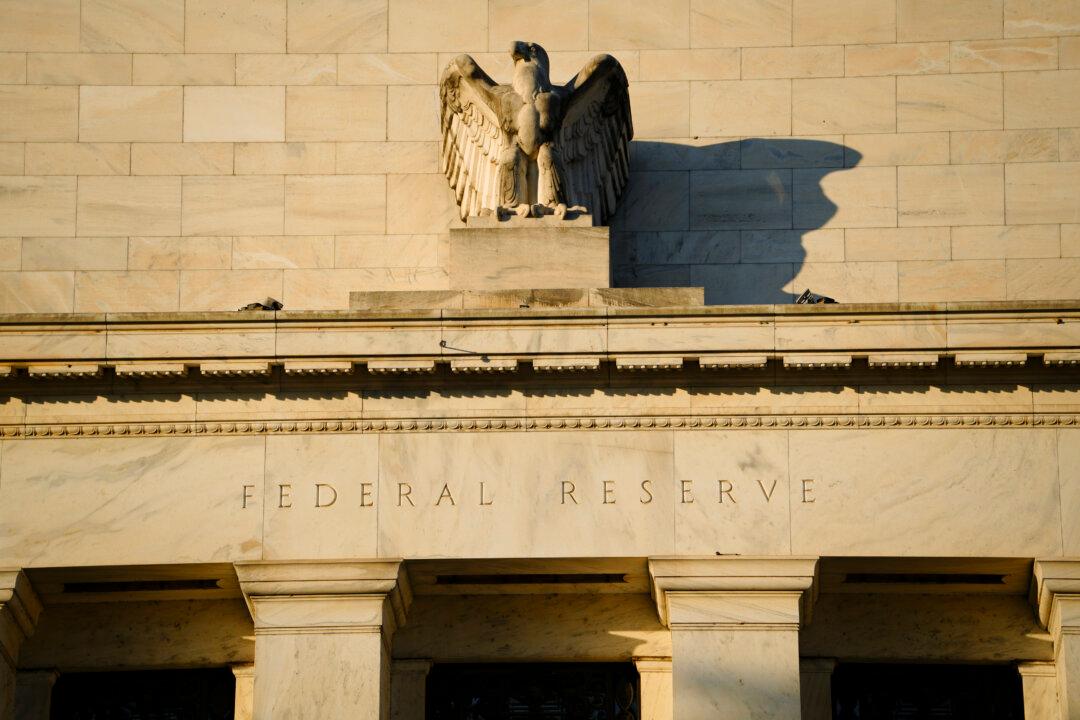The U.S. dollar index (DXY) was trending down in early morning trade on Jan. 4 after multiple days of moving up as a meeting of the Federal Reserve failed to clarify the expected dates for interest rate cuts in 2024.
DXY rose to a two-week high of 102.61 on Jan. 3, extending its gains from Jan. 2. However, it pared back some of the gains after the Federal Reserve meeting report was released.





